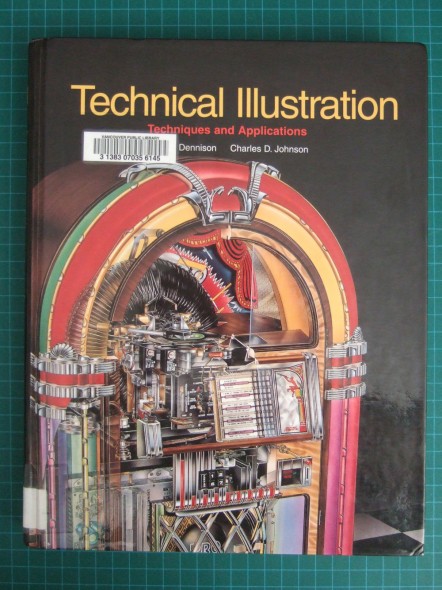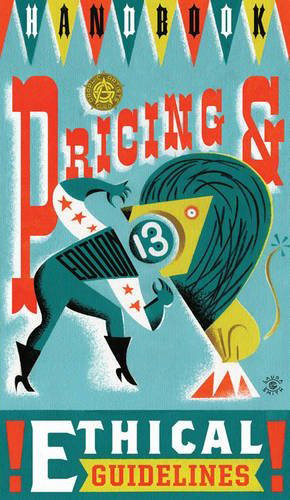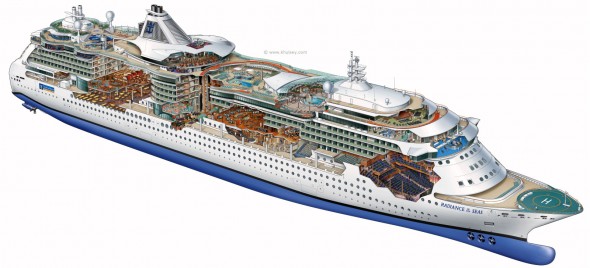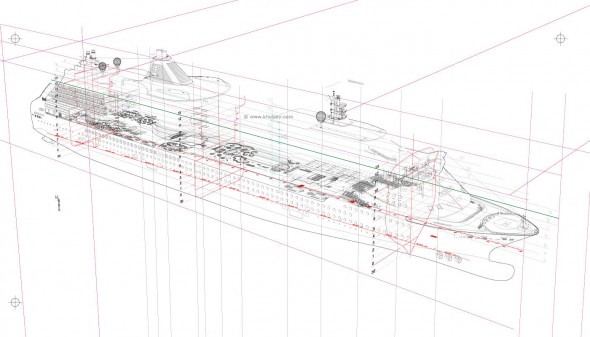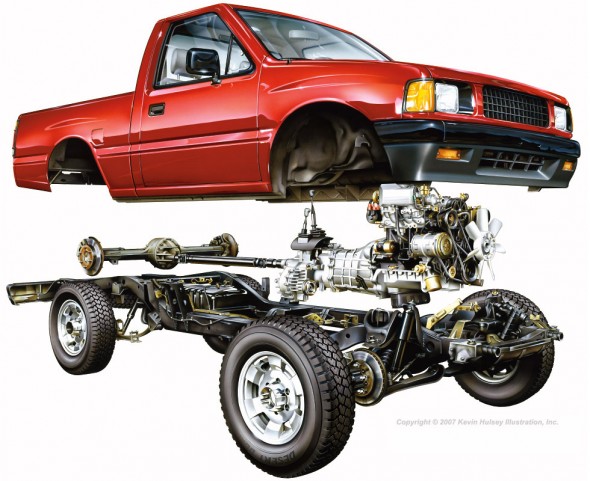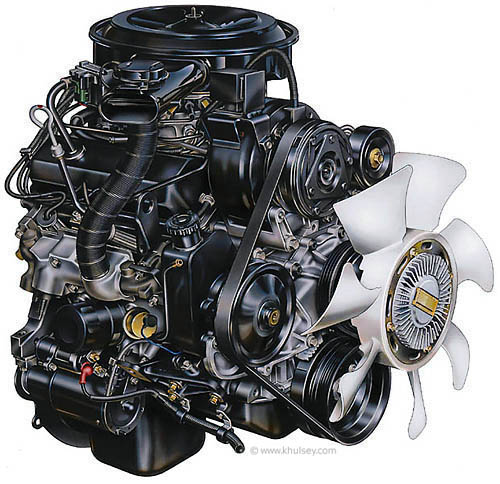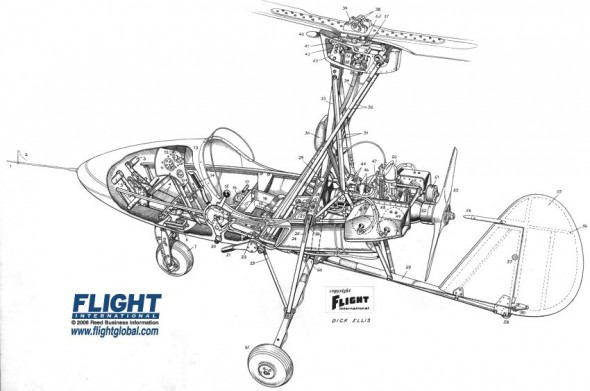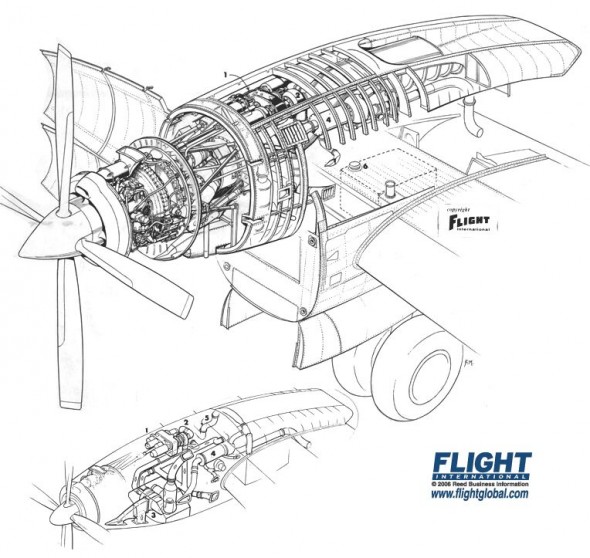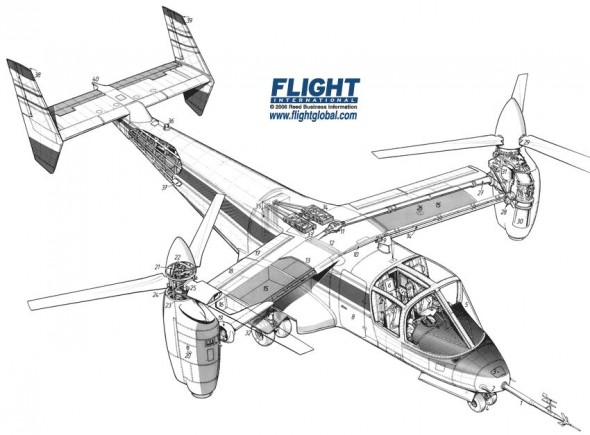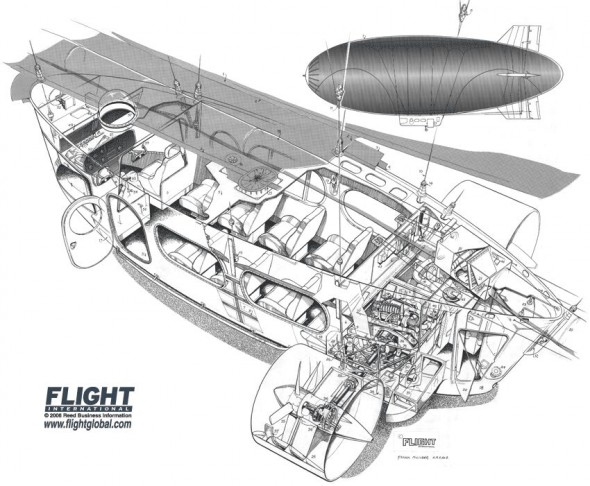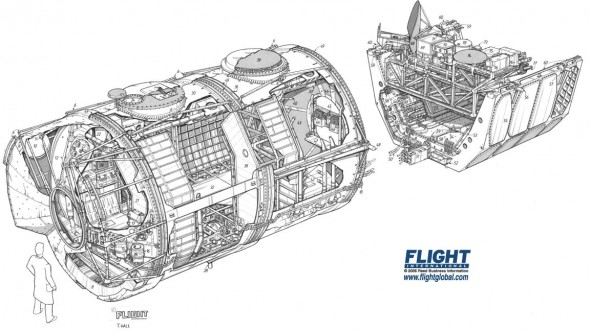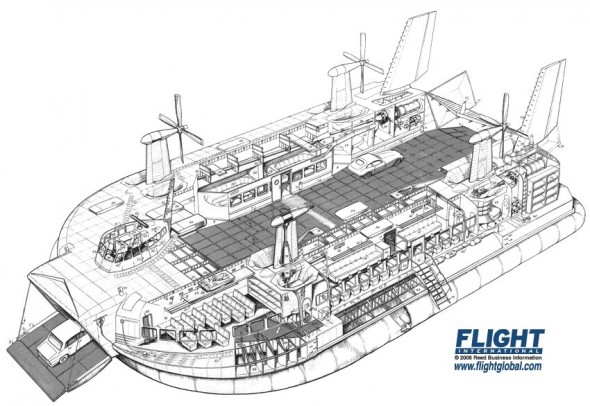Marc Gellen was looking for recommendations for books on technical illustration on Twitter, but ended up providing me with the recommendations. Fortunately, all three books he suggested were available from my local library. I thought I’d give them a brief review here for the benefit of anyone whose public (or private) library might be lacking on the subject.
2010 Graphic Artist’s Guild Handbook
The 13th edition of The Graphic Artist’s Guild Handbook of Pricing and Ethical Guidelines is now available [Amazon]. The 2010 edition includes an updated pricing survey, legal information and sample forms & contracts. As in previous versions, there is a section dedicated to standard trade practices and rates for technical illustration.
If this book isn’t on your shelf now is a great time to get it. If your copy, like mine, is out of date it might be time to update.
Texture Tutorials
While working on a recent freelance job, I stumbled upon a great website, MY Ink BLOG, with some realistic texture tutorials for grass, wood, stone and water. Andrew Houle, the creator of the site uses various filters in each of these tutorials to achieve the desired results.
Specifically, the following are the texture tutorials:
Creating a Realistic Water Texture in Photoshop
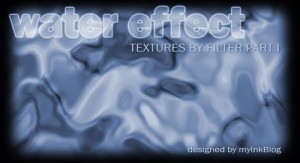
Creating a Realistic Wood Texture Using Photoshop

Creating a Realistic Stone Texture Using Photoshop
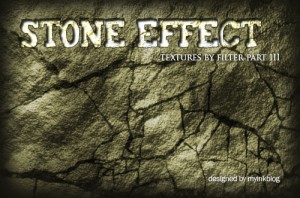
Create an Awesome Grass Texture in Photoshop
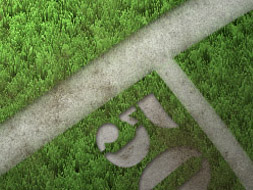
The site has a great selection of Photoshop tutorials as well as so many other resources for Illustrators and Designers, that could be valuable in future. Make sure you check it out!
Do you know any good websites for creating textures or have any “tricks” you use to save time on your illustrations?
Kevin Hulsey
“Any subject-matter is no more, or less, complicated than any other if you break it into small enough sections. A big, complex object like a car, plane or ship is just 30 or 40 small illustrations that happen to occupy the same space.”
The career of technical illustrator extraordinaire Kevin Hulsey is nothing short of prolific. His client list reads like a roll call of the world’s major transportation, technology, manufacturing and entertainment companies. His work has been recognized with numerous awards from Belding, Best in the West, Communication Arts Magazine, and the Art Directors Club Of Los Angeles. He began his trade with an airbrush in hand, then traded it in for a Wacom tablet and made the leap to digital media. And his website is an abundant source of inspiration, with illustrations of mind-boggling complexity and accuracy and myriad resources, articles and tutorials.
This all keeps Mr. Hulsey rather busy—unfortunately for us too busy for an interview. However, with his permission, I’ve collected some links to images, resources, and an interview he did with another site:
- Interview at DesignerTechniques.com
- Kevin Hulsey Illustration portfolio website
- Artist’s Bio
- Technical Illustration Tutorials & Lessons, in particular:
“Even after nearly thirty years, and thousands of illustrations, it is still fun to see your work on a billboard or in a magazine, particularly when you aren’t expecting it.”
Big thanks to Mr. Hulsey for sharing his time and work with us, and all the amazing resources on his site!
Update: Wacom case-study on Mr. Hulsey. (now on Internet Archive)
All images copyright © 2010 Kevin Hulsey Illustration, Inc. All rights reserved.
Nate Williams’ Illustration Career Advice
“Technical” may be the last word you’d use to describe illustrator and illustration community leader Nate Williams’ work. But his advice on a career in illustration is relevant to just about anyone with a career in image making.
I first read it shortly after graduating college, and since then I’ve revisited it every few months to re-evaluate my career and hone my efforts. It’s an all-encompassing checklist, covering the subjects of technical skills, style, online and offline marketing, customer service, workflow, creativity and attitude. I think this is a great resource for any illustrator, at any stage in their career.
Flight’s Aircraft Cutaway Archives
Flightglobal has scanned, digitized and made available every issue of Flight Magazine published between 1909 and 2005 – that’s 100 years of aviation history! Most notably, they have a section of the archives devoted to cutaways, where these images were found.
Some are full-color but most are linear, with exceptional control over line density and overall image balance—keep in mind that these were most likely done traditionally on vellum or illustration board with a technical pen!
Technical Illustration Resources
We’ve added a Resources page collecting all of the useful links and resources we’ve posted in the past. As always, if you have a link or any sort of suggestion, let us know!
Auto Show Eyecandy
Most people go to auto shows to see the latest bunch of cars they’ll never be able to afford. I go for things like this:
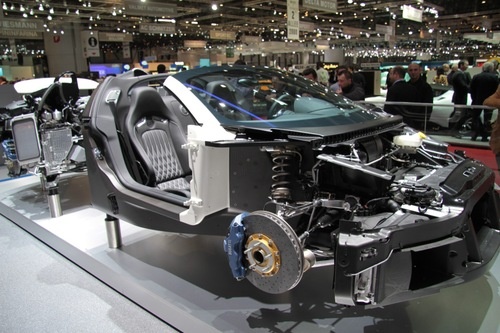
Bugatti Veyron - Máté Petrány
That’s a Bugatti Veyron stripped of it’s panels, and displayed in all it’s glory.
To me, displays like this are the best part of auto shows: the exploded and animated engine, the gutted drive train, the new Mustang that’s been cut in half so that you can walk between it. Seeing into everyday objects and learning how they work has always fascinated me.
I’ve also found that auto shows are a great opportunity for photo reference. Not only may you find a gem like this, but you can also observe all the various textures on the car under ideal lighting conditions.
You can see the rest of the pictures over at Jalopnik, here.
Reference This
Creating and maintaining a library of reference images is a very valuable resource for a Technical Illustrator.
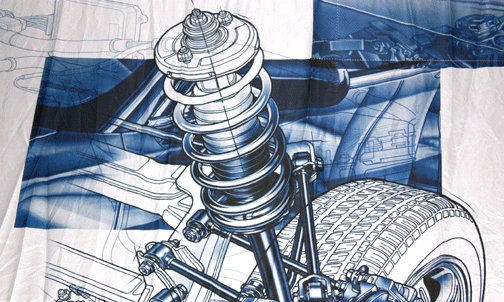
Auto Show Inspiration
Last weekend I had a great opportunity to spend some time photographing and sketching new reference materials for a library of images that I have created. I attended the 2010 Canadian International Auto Show in Toronto, which is still running until February 21st. I also went out to see the Body Worlds Exhibit at the Ontario Science Centre which hosted a sketch night, allowing artists to draw the numerous pieces on display.
Both were extremely different types of shows, however both related to the work that I do as a technical illustrator – specifically from a reference-building standpoint.
At the Auto Show I was able to take 350+ images of all types of vehicles. However, at Body Worlds all I could create for new reference were drawings that I did there, and it allowed me to view the subject matter closer than I would if I just snapped a photo. Photos and drawings are great reference resources!
There are many great benefits to creating and maintaining one’s own reference library:
- It makes you get out and explore new technologies, gathering information and becoming knowledgeable in many fields where you may not already have much knowledge.
- It provides inspiration for future pieces of work, whether for personal promotional pieces or for client directed illustrations.
- You set up an easily accessible resource base for yourself that is all your own.
- Great high-res reference photos of technologies can be more valuable that lo-res reference viewed online or images supplied to you by clients, as you also decide what vantage point the photos are taken at. This is extremely advantageous when dealing with major detailed pieces.
- Seeing something up close and personal always helps us understand the components better.
I always believe that the best reference material is the actual thing, but when you can’t get it, controlling your own reference photography is the next best alternative.
Do you keep a reference file? What do you include and how do you organize it? Let us know in the comments!
